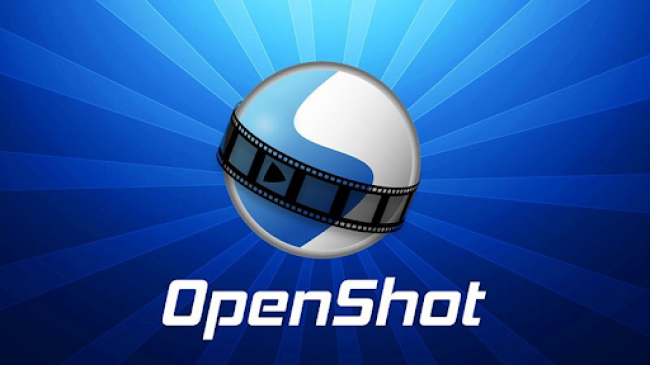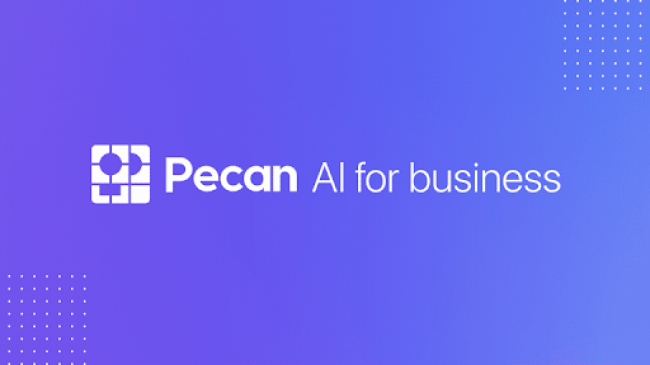Healthcare software is no longer just nice-to-have – it's a must for any healthcare provider. But it’s all easier said than done because building healthcare tech has endless layers to it. That’s why it’s imperative to choose the right tech stack from the get-go.
The healthcare IT market is growing quickly. It is expected to double from around $360 billion in 2024 to more than $730 billion by 2029 with an annual growth rate of 15%. Nevertheless, developing healthcare software is an intricate task.
It takes more than just functionality to build a healthcare tech tool. Your solution also needs to be reliable, secure, compliant, and scalable. The right tech stack can get you there, and the wrong tech stack will definitely hold you back.
Considering that the tools you choose will directly control your speed of development and level of security, you have a detrimental decision ahead. So, how do you choose the tech stack that should power your healthcare software?
In this guide, we’ll tell you all about healthcare software tech stacks, their key components, must-haves, and common solutions others use for successful development. Let’s get started.
Why is a tech stack important when building healthcare software?

Just like with any other software, the tech stack of healthcare software forms the backbone of the application. It dictates what tools your developers will use, how fast your platform will run, how secure it will be, and how easily it can integrate with other systems. However, the stakes are even higher for healthcare software because:
- You’re dealing with sensitive patient information
- You must comply with strict regulations like HIPAA and GDPR
- Your system needs to be interoperable with existing medical systems
Considering these particular issues, choosing the right tech stack becomes not just a technical decision but a strategic one.
Key components of a tech stack
Before we talk about how you can choose the right stack, let’s first understand what it entails. There are 5 core elements that make up a healthcare software tech stack.
- Front End
The front-end is what users interact with. It’s where doctors input data, patients view records, and admins schedule appointments. Making it intuitive, fast, and accessible is crucial.
Popular front-end frameworks you should consider:
- React
- Angular
- Vue.js
- Back End
The back-end handles things like the logic, authentications, workflows, and communication with databases and third-party tools.
Popular back-end frameworks you should consider:
- Node.js
- Django (Python)
- Ruby on Rails
- ASP.NET
- Databases
Since healthcare data is both structured and unstructured, your database needs to be able to handle huge volumes, be secure, and be flexible.
Popular databases you should consider:
- PostgreSQL / MySQL
- MongoDB
- Cloud & Deployment
The cloud is a magical place. All jokes aside, healthcare apps that use cloud infrastructure can scale better, recover faster, and stay compliant easier.
Popular cloud platforms you should consider:
- AWS
- Microsoft Azure
- Google Cloud
- Third-Party Integrations
Usually, healthcare software needs to connect with external sources like labs, pharmacies, insurers, or wearable devices. That’s why your tech stack should be able to support standard API protocols and healthcare data formats, including:
- FHIR (Fast Healthcare Interoperability Resources)
- HL7
- RESTful APIs
Things to consider when choosing your healthcare software tech stack
Now that you know what a healthcare software tech stack should look like, let’s understand what you need to evaluate before you start choosing between frameworks. A healthcare app needs to prioritize the following big 5.
1. Interoperability
As of 2022, 83% of health systems in the US claim to use health information exchanges in patient care or related visits. This data makes it clear that interoperability should be built into every piece of healthcare software to support the efficiency of information exchanges between healthcare providers.
So, to make sure your stack integrates with EHRs, patient portals, and medical devices, prioritize tech that supports open standards and modular APIs to make future integration easier.
2. Compliance
At the bare minimum, healthcare applications have to comply with industry regulations, such as:
- HIPAA (US)
- GDPR (EU)
- PIPEDA (Canada)
Ultimately, the tools you choose need to enable secure authentication, encryption, and audit logging.
3. Security
Did you know that the average healthcare data breach costs can reach $11 million? While the security of your app is crucial for maintaining the integrity of your patients, it is also key to saving your bottom line from chaos.
Security isn’t just about firewalls. Other things you should think about are support for data encryption at rest and in transit, secure APIs, role-based access controls, and XSS and SQL injection protection.
When building a truly secure and safe solution, it’s important to work with a custom healthcare software development company that knows the ins and outs of your industry.
4. Scalability
It doesn’t matter if you’re building an app for 10 patients or 10 thousand patients – your app needs to perform and be reliable. So, choose technologies that support:
- Horizontal scaling
- Load balancing
- Caching and optimized database queries
If you’re building a real-time consultation platform, the telehealth app developers you work with will pay even closer attention to this.
5. Development speed and community support
Some frameworks have rich documentation, reusable components, and active support communities, which means you can build faster and troubleshoot more easily. If your timelines are tight, you should choose more widely adopted and well-documented tools for your stack.
Common tech stacks used to build healthcare software
Different projects call for different tools. We’ve compiled some of the most popular tech stacks that healthcare software developers use, so let’s dive right in.
LAMP
This tech stack includes:
- Linux (OS)
- Apache (Server)
- MySQL (Database)
- PHP / Python (Backend)
Pros: Open-source, reliable, and great for budget-conscious builds.
LAMP is usually the best choice if you’re building web-based patient portals or internal admin panels.
MEAN/MERN
This tech stack includes:
- MongoDB
- Express.js
- Angular (MEAN) or React (MERN)
- Node.js
Pros: Full JavaScript stack, asynchronous, highly scalable.
MEAN/MERN is usually the best option if you’re going to build real-time dashboards, responsive healthcare apps, and telemedicine platforms.
.NET
This tech stack includes:
- ASP.NET
- C#
- Microsoft SQL Server
Pros: Enterprise-grade security and performance, integrates with Azure.
.NET is a very popular tech stack that is the best option when building complex EMRs, HIPAA-compliant enterprise platforms, or similar software.
Java
This tech stack includes:
- Spring Boot
- Hibernate
- PostgreSQL / MySQL
Pros: Reliable, scalable, widely used in enterprise IT.
The Java stack is the best choice for cross-platform hospital systems and long-term government healthcare projects.
Overall, your project’s specifications should dictate the tools, frameworks, and databases you add to your tech stack.
Conclusion
Choosing the right tech stack is like building the foundation for your home. It defines how secure, scalable, and compliant your solution will be. Starting from the front-end all the way to cloud infrastructure, every layer should be customized to meet the standards of the healthcare sector.
If you are still struggling to choose between platforms and frameworks, working with a reliable healthcare software development company can help. Whether you’re building a telehealth platform or an EHR for your practice, the right health stack can make or break your success.
Post Comment
Be the first to post comment!


